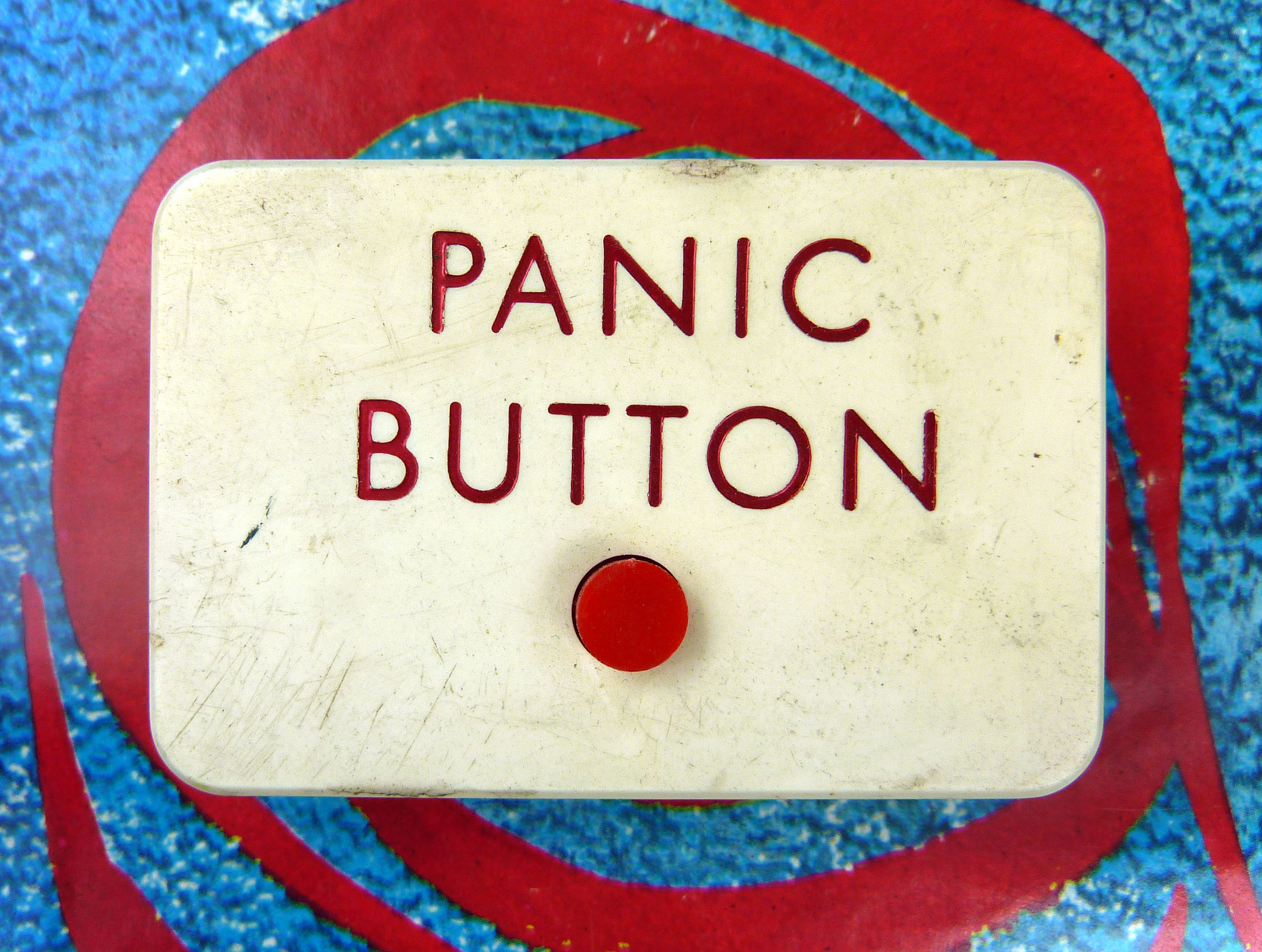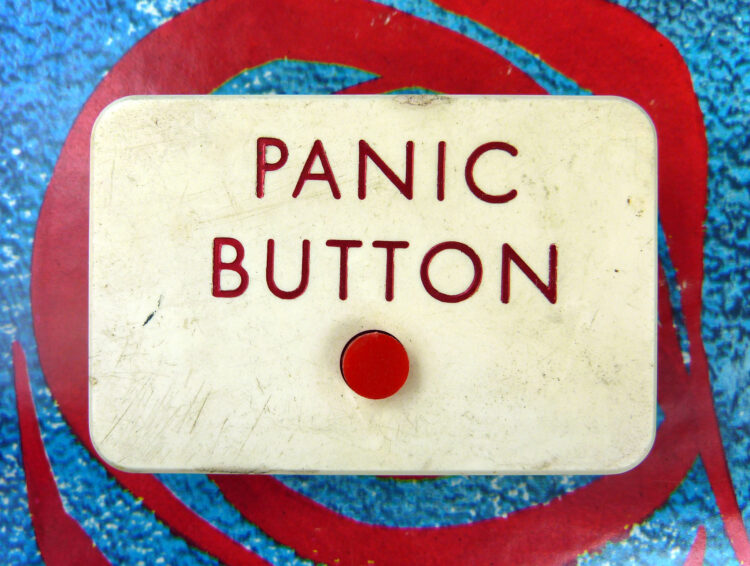
Because by failing to prepare, you are preparing to fail. – Benjamin Franklin
A recent IAB report noted that 26% of desktop users and 15% of mobile consumers use blockers to remove ads from publishers’ websites. Another 17% of non-ad block users are “at risk to start doing so.” In 2017, native advertising revenues are predicted to reach $17.5 billion. The number of internet-connected devices in the world is expected to grow beyond 20 billion. The complexity of marketing is increasing exponentially.
Audience rebellion and the move towards audience control is creating panic in the media industry. The effectiveness of traditional content and traditional marketing strategies are being questioned. No surprise that it was standing room only at the Future of Content expert panel.
The panel discussion and Q&A session was moderated by Kirk Cheyfitz, CEO and Founder of Story Worldwide, a digital-first ad agency, which has integrated journalistic storytelling with advertising to solve today’s marketing challenges.
What will the ad become?
Content marketing is still the art of communicating with your customers and prospects without selling. Relevant content remains the core of any marketing strategy. Current content, however, needs to appeal to a generation with increasingly short attention spans. The need for good visual content is insatiable. While traditional advertising capitalizes on audience segmentation, the future of content thrives on audience connection.
Audience connection also needs to span the plurality of personas. Consumers take on personas based on their personal, professional, and contextual roles. Personas can also be device dependent. Marketeers need to be able to target across personas with persona relevant content. The trend towards blended content is likely. Blended content integrates the old branded content with the emerging user generated content.
The future of content is story telling. Every great brand is powered by a compelling story; the story becomes the product. Stories are more effective than traditional ads since our brains are more engaged by storytelling than by cold, hard facts. The specific measures of story effectiveness will vary by product and brand. The right metrics will be practical, relevant, and surface through the experience.
In the digital age, marketeers have access to new ways to collect, communicate, and consume epic stories. Marketeers need to carefully balance the art of story telling with the science of human behavior to create effective stories. Regardless of the product, the panel agreed on the following characteristics of stories that can differentiate and propel a brand.
- Developed in an agile fashion to address immediacy needs
- Feed a two-way narrative between the brand and consumers
- Give voice to the voiceless
- Connect consumer personas and brands
- Experienced personally and intimately
It’s all very exciting, but story telling isn’t easy. What’s a CMO to do?
- Embrace creativity and agility; consumer behavior is unpredictable
- Hire storytellers to tell compelling stories that are relevant and people can connect to
- Develop an audience, understand their behavior, talk to their interests
- Meet your audience where they are; be channel agnostic with an omni-channel content strategy
- Use technology and data driven stories to transfer and connect digitally disconnected audience segments. Brands that alienate segments will not survive.
Expert panelists:
- Matt Wellschlager, VP of Marketing at Ceros, an interactive content marketing software company to create content without developers
- Jeff Gomez, Founder of Starlight Runner, and guru of transmedia storytelling
- Mike Knowlton, Founder and President of Murmur, a next generation storytelling studio and the Co-Founder of StoryCode, a global community of interactive and immersive media makers
- Bailey Richardson, Pop-Up Magazine, a revolutionary first of it’s kind ‘Live-magazine’
- Joanne Tombrakos , Chief Storyteller, Consultant and Strategist at Joanne Tombrakos International
Image Credit: CC by wackystuff



